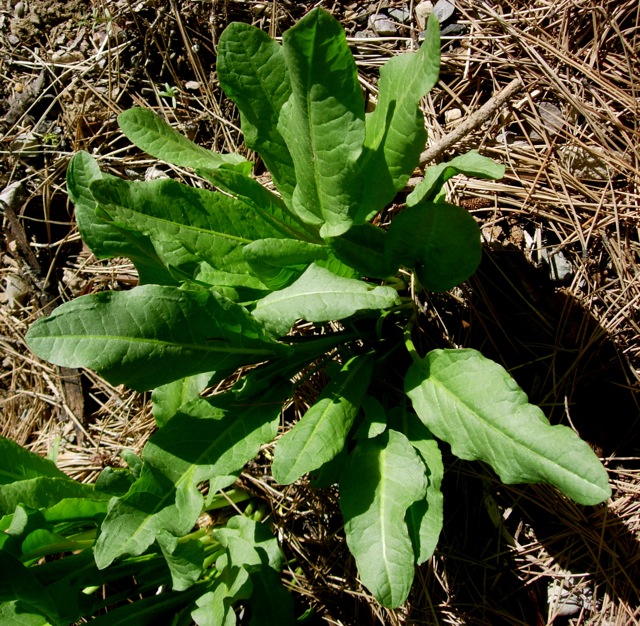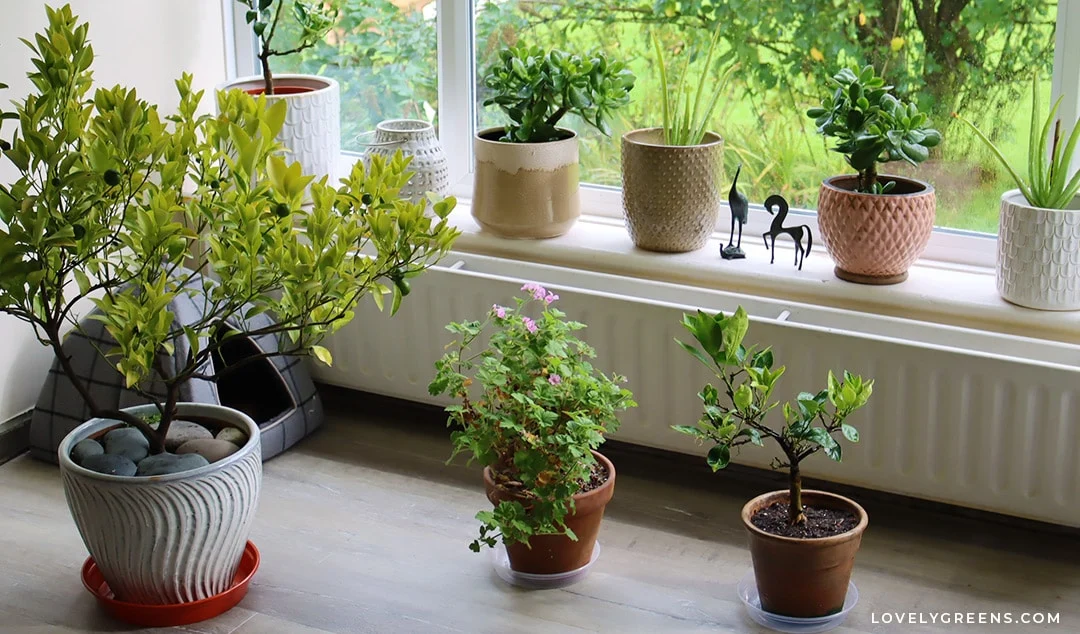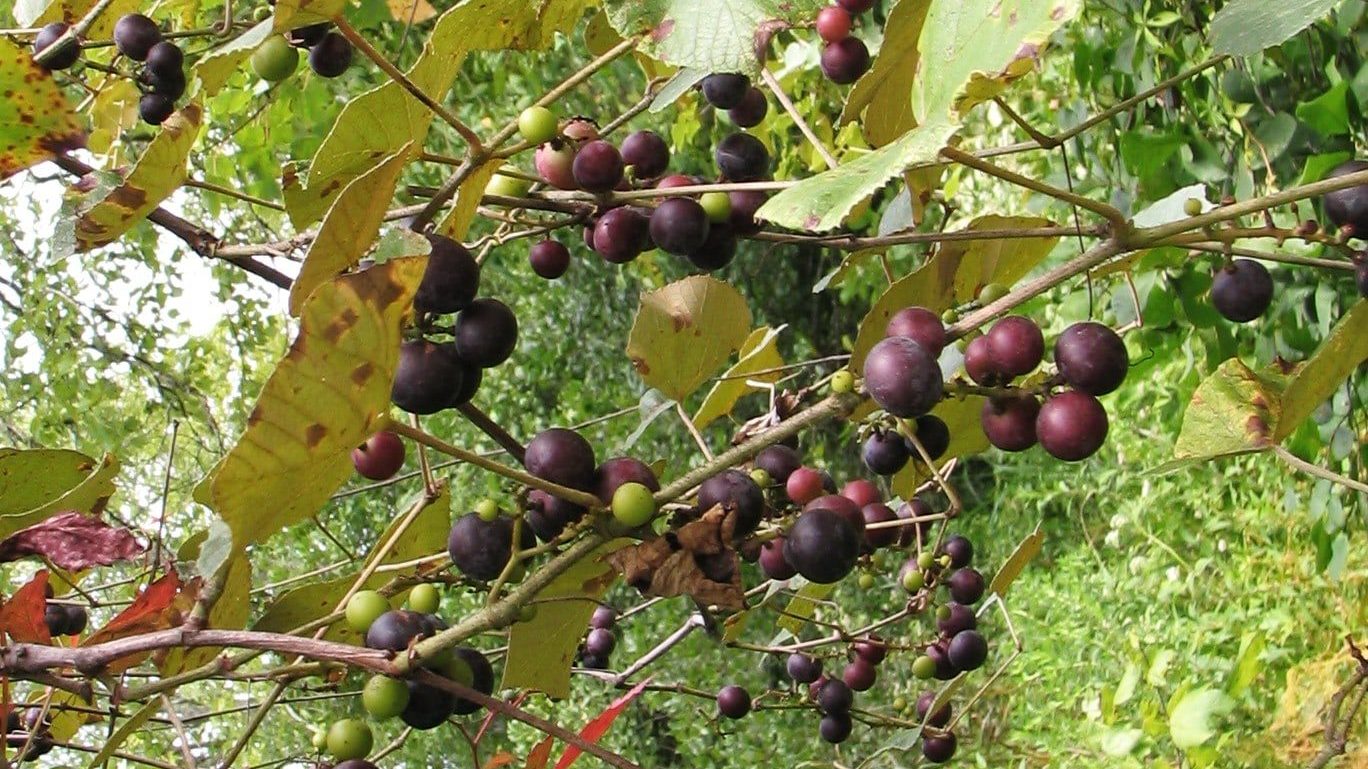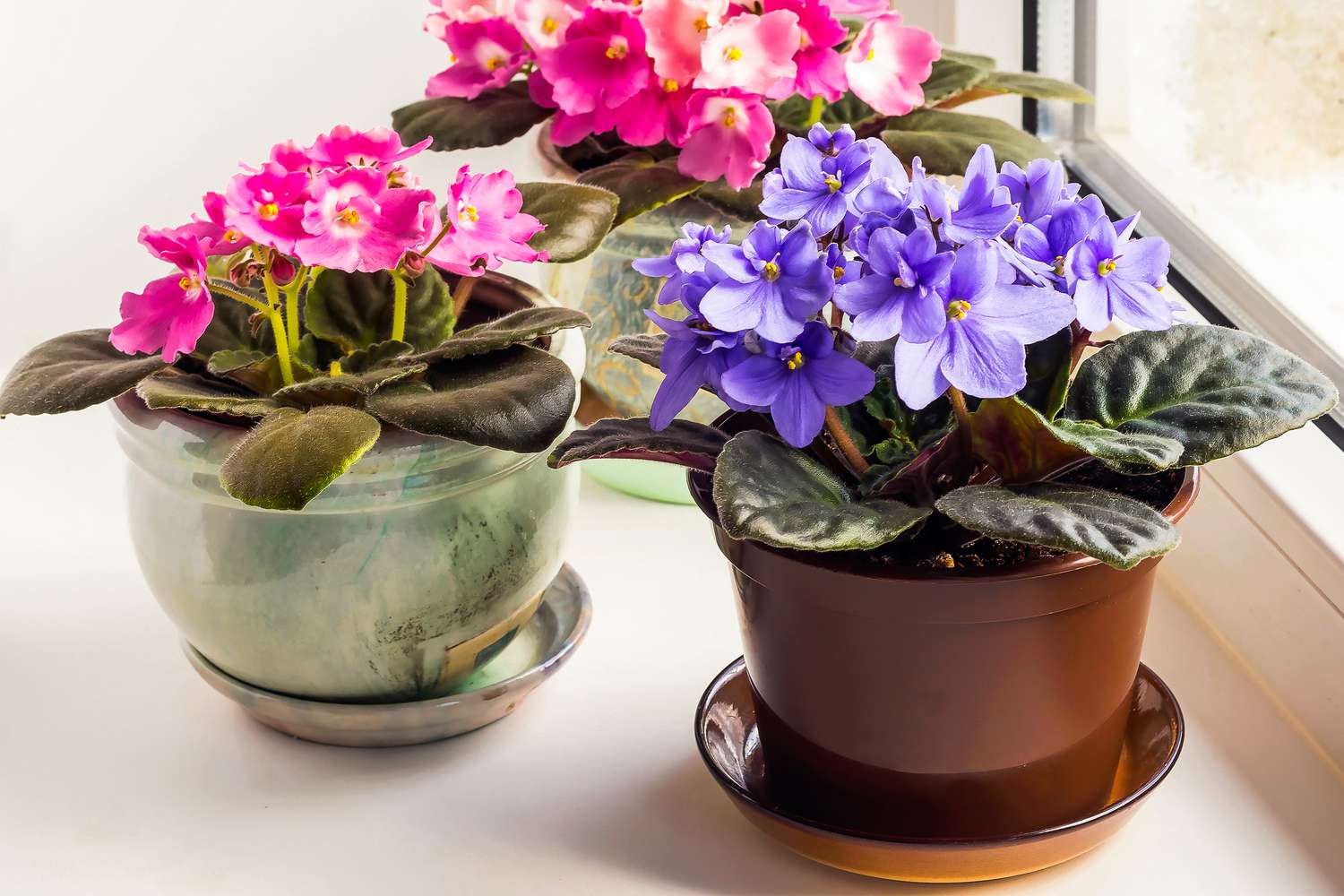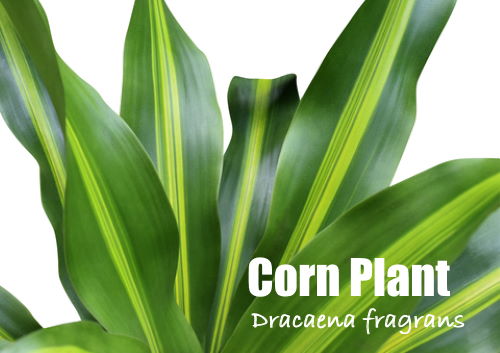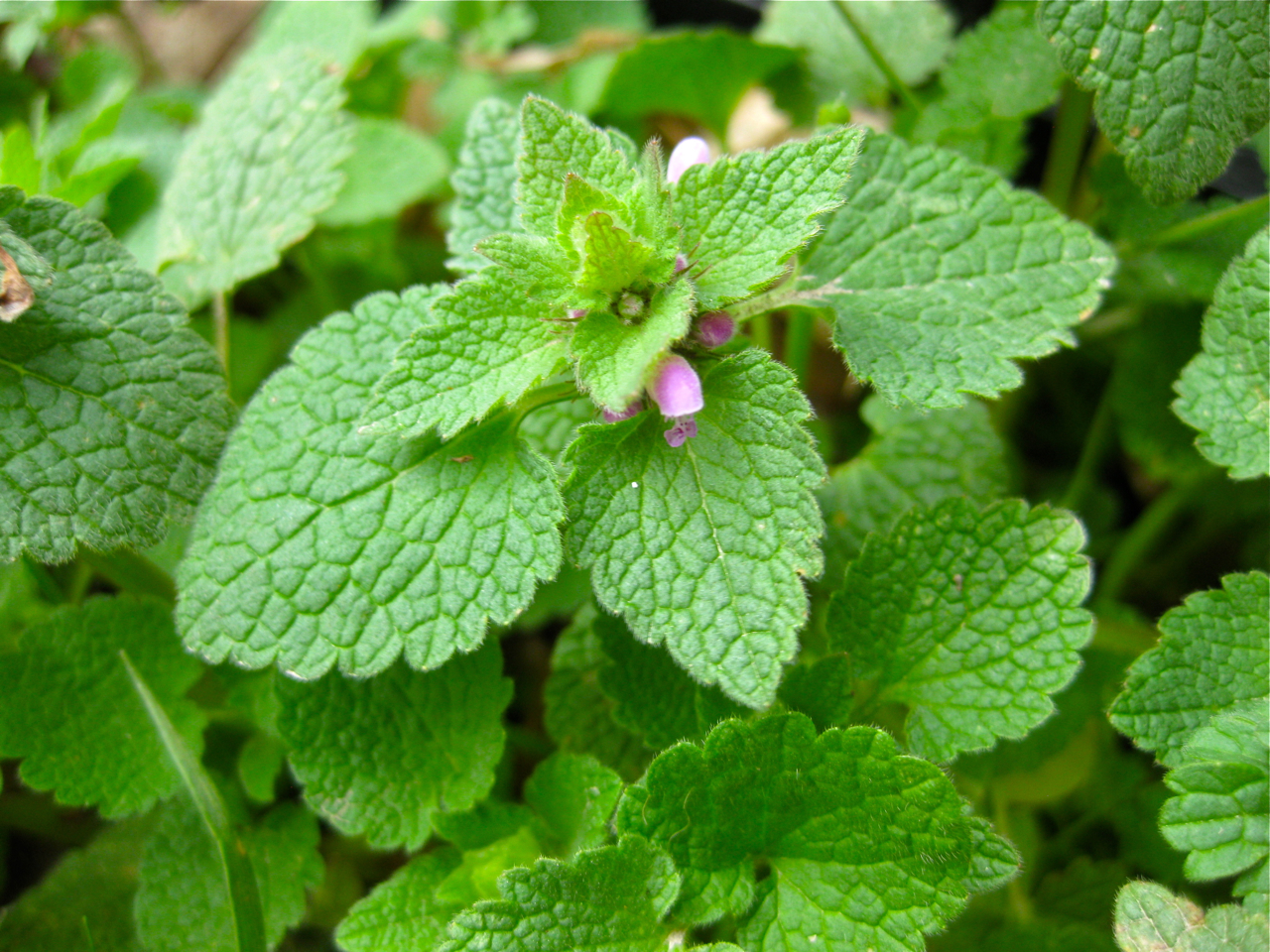One of the main disadvantages of rooftop gardens is the higher installation and maintenance costs associated with them, as well as the structural challenges they may pose. However, despite these drawbacks, rooftop gardens offer numerous benefits such as improved air quality, reduced urban heat island effect, and increased biodiversity in urban areas.
Adding a touch of greenery to the concrete jungle can also enhance the aesthetic appeal of buildings and provide spaces for relaxation and social gatherings. Although there are challenges to overcome, the trend of rooftop gardens continues to grow as more people prioritize sustainability and environmental consciousness in urban development.

Credit: www.researchgate.net
1. Increased Structural Load
1.1 Risk Of Damage To The Building
Heavy weight of rooftop gardens can lead to structural damage.
Cracks may form in the building due to the additional load.
1.2 Reinforcement Costs
The building may require costly reinforcements to support the extra weight.
Increased expenses for strengthening the structure can be a burden.
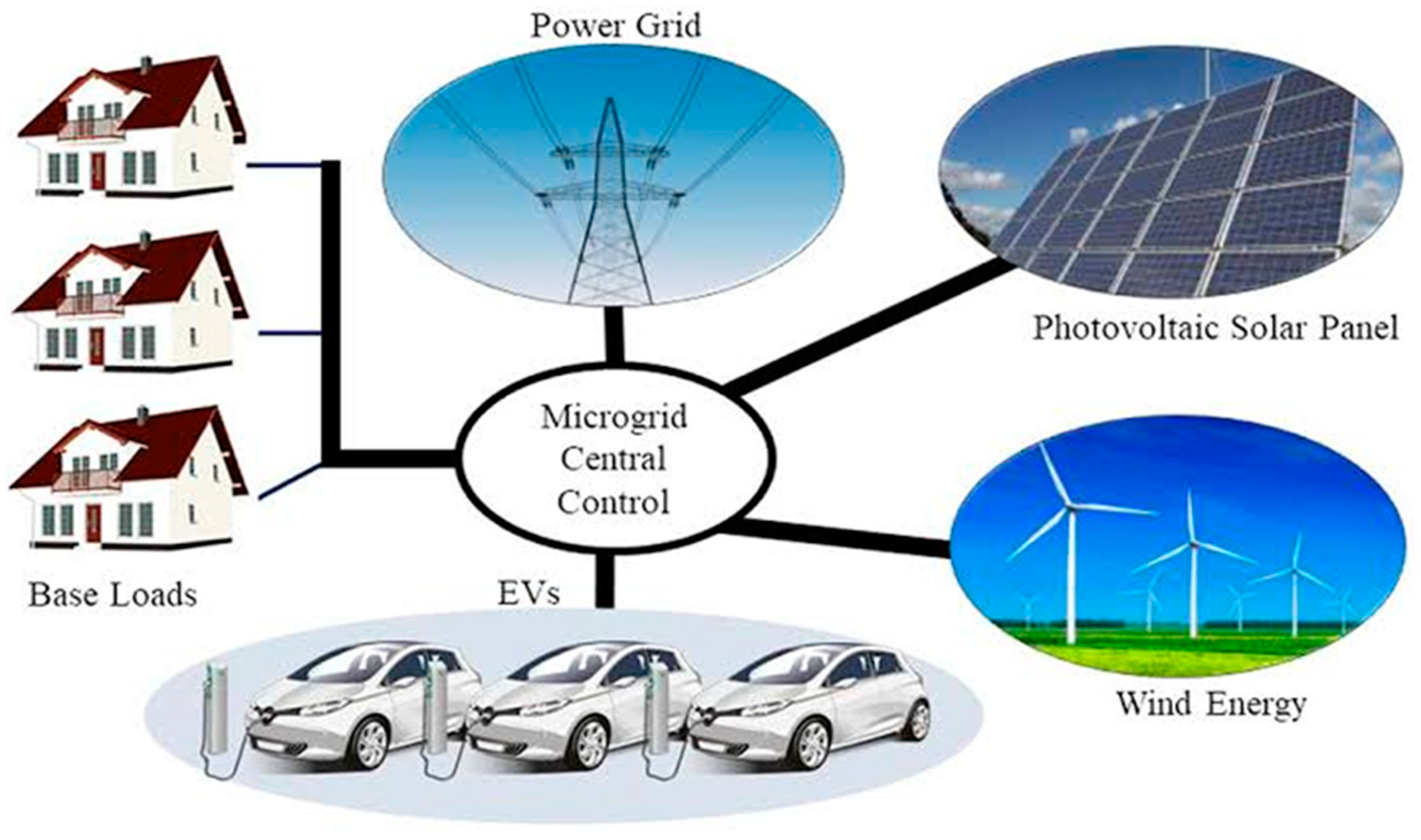
Credit: www.mdpi.com
2. Higher Installation And Maintenance Costs
Implementing and sustaining a rooftop garden involves financial investments that may deter potential adopters.
2.1 Initial Setup Expenses:
- Initial costs for rooftop gardens encompass materials, labor, and structural enhancements.
- Unique engineering requirements may escalate installation expenses significantly.
- Professional services are often essential for the setup, adding to the financial burden.
2.2 Ongoing Maintenance Expenses:
- Routine upkeep such as watering, fertilizing, & pruning contribute to recurrent costs.
- Regular pest control measures are necessary to sustain plant health on rooftops.
- Weather conditions could lead to unforeseen repair costs that must be considered.
3. Limited Plant Choices
When it comes to rooftop gardens, one of the major disadvantages is the limited plant choices that are available. Due to various factors including lack of soil depth and the influence of microclimate, certain plants may not thrive or even survive in this environment.
3.1 Lack Of Soil Depth For Certain Plants
Limited soil depth on rooftops can pose a challenge for growing certain plants. Most rooftop gardens have shallow soil beds, typically ranging from 4 to 12 inches deep. This shallow soil layer restricts root growth and reduces the number of plants that can be cultivated in such an environment.
Plants with deep root systems, such as large trees or certain varieties of vegetables, often require significantly more soil depth to grow and thrive. Unfortunately, rooftop gardens may not provide the necessary depth for these types of plants, limiting the choices for gardeners and landscapers.
Moreover, shallow soil depth can also affect the overall plant health as it may not retain enough water, and nutrients, and provide sufficient space for root expansion. This can lead to stunted growth, nutrient deficiencies, and an increased risk of plant stress.
3.2 Influence Of Microclimate On Plant Selection
The microclimate of a rooftop garden can significantly impact the selection of plants that can flourish in this space. Microclimates are local climatic conditions that differ from the surrounding area due to factors such as sun exposure, wind patterns, and heat intensification.
Rooftop gardens are often exposed to more extreme conditions than ground-level gardens. They can be hotter, windier, and experience more intense sunlight. These factors can make it challenging for certain plants to survive as they may not tolerate or thrive under these conditions.
For example, plants that require shade or partial shade may struggle in a rooftop garden that receives direct sunlight for most of the day. Similarly, plants susceptible to strong winds may not be ideal for rooftop gardens located in windy areas.
The microclimate of a rooftop garden generates unique challenges for plant selection, limiting the range of species that can thrive in such an environment. Gardeners and landscapers need to carefully consider the microclimate factors before choosing plants for their rooftop gardens.
4. Watering And Irrigation Challenges
Rooftop gardens are a popular trend in urban areas, offering numerous benefits such as improved air quality, reduced energy costs, and enhanced aesthetic appeal. However, they also come with certain disadvantages, particularly in terms of watering and irrigation challenges. These challenges can impact the sustainability and maintenance of rooftop gardens, making it essential to consider these factors before investing in such a project.
4.1 Difficulty In Conserving Water
One of the primary challenges associated with rooftop gardens is the difficulty in conserving water. Due to their elevated position, these gardens are exposed to higher temperatures and wind conditions, which can lead to increased evaporation rates. As a result, maintaining adequate soil moisture levels becomes a significant concern, requiring more frequent watering and irrigation. This increased water consumption not only adds to the overall maintenance effort but also contributes to higher water bills and resource usage.
4.2 Potential For Water Leakage
In addition to the challenges related to water conservation, rooftop gardens also pose a potential for water leakage. The added weight and constant presence of water on the rooftop can lead to structural wear and tear, compromising the integrity of the building. Moreover, poor drainage systems or inadequate waterproofing measures can result in water seepage into the building, causing damage to the interior spaces and posing a risk to the structural stability of the property.
5. Increased Risk Of Pest Infestation And Weeds
While rooftop gardens offer numerous benefits, they also come with their own set of challenges. One of the major disadvantages is the increased risk of pest infestation and weed growth.
5.1 Attraction Of Pests
Rooftop gardens can attract a variety of pests such as aphids, mites, and caterpillars due to the abundance of vegetation and favorable growing conditions. These pests can damage plants and crops, jeopardizing the overall health of the garden.
5.2 Difficulty In Controlling Weed Growth
Weed growth can be particularly challenging to manage in rooftop gardens. The limited space and restricted access make it arduous to tackle weeds effectively. This can lead to weed infestation, competing with desired plant species for nutrients and sunlight.
6. Accessibility And Safety Concerns
While rooftop gardens offer numerous benefits, there are also certain disadvantages that need to be considered. One key concern involves accessibility and safety issues that can arise from maintaining and living in rooftop gardens. These challenges include limited accessibility for maintenance as well as potential hazards for residents.
6.1 Limited Accessibility For Maintenance
In order to ensure the health and beauty of a rooftop garden, regular maintenance is necessary. However, accessing rooftops can often be complicated and inconvenient. With traditional gardens, tending to plants and crops can easily be done at ground level, but rooftop gardens require additional effort. Maintenance activities such as watering, fertilizing, and pruning can become more time-consuming and physically demanding due to the vertical nature of the location.
Moreover, the need to transport gardening tools, soil, and other materials to higher floors can be challenging. Carrying heavy loads up flights of stairs or using elevators may be necessary, making the process cumbersome and potentially dangerous.
In addition, the lack of available space on rooftops can limit the movements of gardeners during maintenance. Maneuvering around the garden may become difficult, increasing the risk of accidentally damaging plants or overlooking crucial maintenance tasks.
6.2 Potential Hazards For Residents
Living in a rooftop garden may introduce certain safety concerns for residents. One such concern is the risk of falling. Rooftop gardens are typically elevated, and therefore, accidents resulting from falling off the roof can have severe consequences.
Furthermore, rooftop gardens often contain various elements such as slippery surfaces, high ledges, and open edges. These factors increase the likelihood of accidents occurring, especially in adverse weather conditions such as rain or strong winds.
Additionally, the installation and maintenance of rooftop gardens involve potential risks. The construction process requires workers to work at heights, which poses a danger to their safety. Inexperienced individuals attempting to build or repair rooftop gardens may unknowingly compromise the structural integrity of the roof, leading to leaks, water damage, or even collapsing.
7. Municipality Regulations And Permissions
7.1 Compliance With Building Codes
Rooftop gardens must comply with strict building codes to ensure safety and structural integrity.
7.2 Obtaining Necessary Permits
Securing permits for rooftop gardens is essential and can be a time-consuming process.
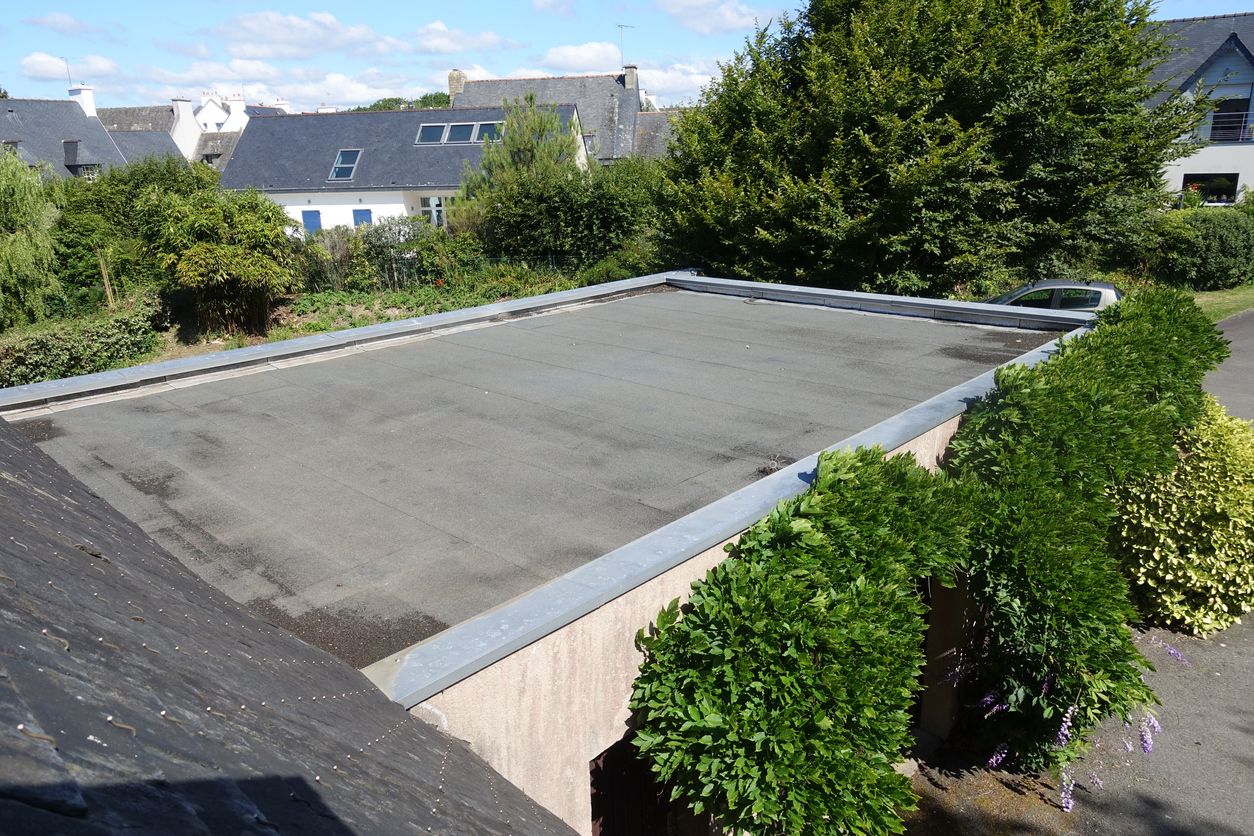
Credit: jmroofsiding.com
Frequently Asked Questions Of Disadvantages Of Rooftop Gardens
Are Rooftop Gardens Cost-effective?
Rooftop gardens can be costly to set up and maintain. Factors such as irrigation, structural reinforcement, and professional installation contribute to higher initial expenses.
Do Rooftop Gardens Require Special Maintenance?
Yes, rooftop gardens demand regular upkeep. Proper watering, fertilization, and pest control are essential to ensure the health and longevity of the plants.
Can Rooftop Gardens Cause Roof Damage?
Improper installation and maintenance of rooftop gardens can lead to roof damage. Issues such as water leakage and structural strain may arise if not properly managed.
Are Rooftop Gardens Suitable For All Buildings?
Not all buildings are suitable for rooftop gardens. Structural strength and load-bearing capacity are crucial factors to consider before installation. Consulting a professional is advised. Hope you find these questions and answers helpful! Let me know if you need any more assistance.
Conclusion
Overall, while rooftop gardens offer numerous benefits, including the enhancement of urban landscapes and the promotion of green living, they also come with their fair share of disadvantages. From the expensive cost of installation and maintenance to the limitations on plant selection and the structural challenges, rooftop gardens require careful consideration.
However, by weighing the pros and cons and implementing strategic solutions to overcome these obstacles, individuals can still enjoy the beauty and advantages of rooftop gardens while minimizing the drawbacks.


